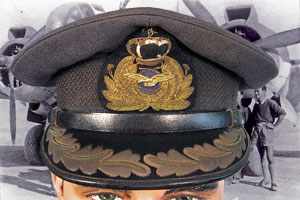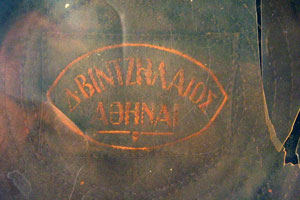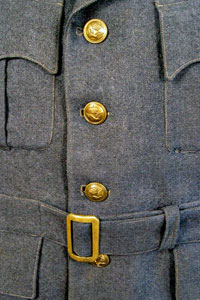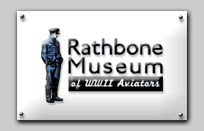








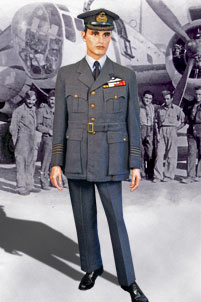
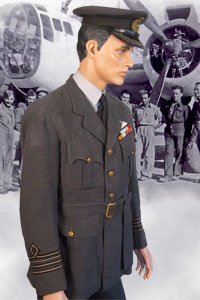
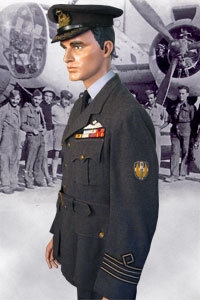
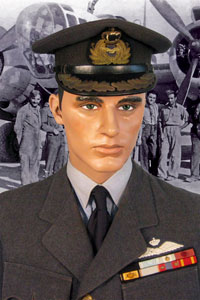
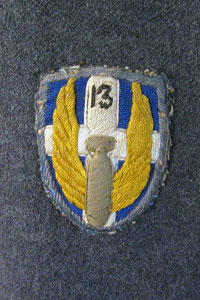
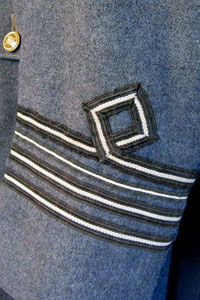
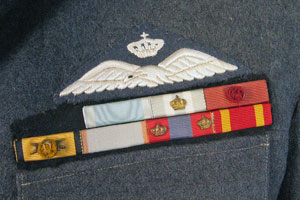
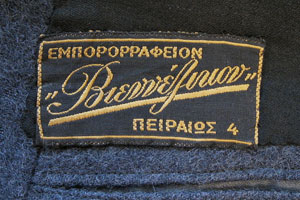
Top row left to right:
Order of the Redeemer -- (also called the Order of Christ) Greece's oldest order as well as their highest order and very rarely bestowed. This was awarded in 5 grades. It is very unusual for a WWII Officer to have been awarded one. Silver Cross or Knight in this example.
Greek Cross of Valour in Gold -- the Greek Victoria Cross; the crown indicates a second award. The Officers were awarded ther Gold Cross, while NCOs and soldiers took the Silver Cross
Royal Order of King George, Officer grade -- the rosette on the ribbon indicates an Officer grade while with no rosette the grade would be Knight.
Second row left to right:
The Order of the Phoenix -- with Officer's Bow (rosette) and with crossed swords for valor in combat with an enemy in time of war -- this award, like the Order of George, was given for both military and civilian "contributions of great value to the kingdom of Greece" the rosette indicates the grade, the swords indicate a military action.
Gold Cross for Valour in Flight -- to quote official sources " Awarded to flying officers and NCOs for exceptional valour in flight, causing great damage to the enemy". (NB. According to Major George Beldecos, the leading authority on the EVA and an officer in the current Greek Air Force, only 19 men were awarded this medal. It is considered one of the rarest). I have now added a picture of the medal here.
Greek War Cross in Gold with Two Bars -- this was the second most important decoration for gallantry after the Cross of Valor, given by Greece since the turn of the century; it was awarded in bronze, silver, and gold grades. The ribbon bar has two gold crown devices indicating 3 awards of the highest (gold) grade of this award and 10 in total. To receive a higher class, the recipient should already have received 4 times the lower class.This medal was awarded to all 3 services.
The Air Force Flying medal -- this was given to officers and NCOs of the Air Force for distinguished leadership abilities and commanding services at Wartime.
